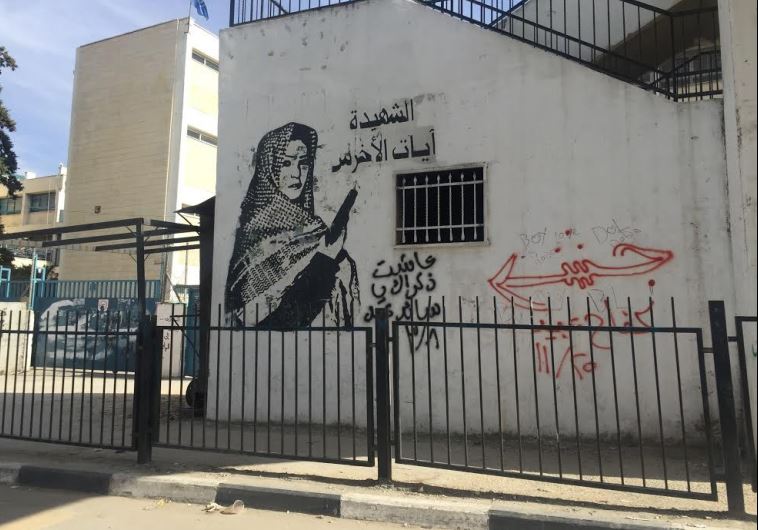Between conflict and pragmatism: Palestinians in Bethlehem look at a bleak future
Family of bus bomber blames Israel's policies for his choice as locals insist his action was a lone wolf attack.
 Graffiti on a wall in Bethlehem commemorating a female 'martyr'(photo credit: SETH J. FRANTZMAN)Updated:
Graffiti on a wall in Bethlehem commemorating a female 'martyr'(photo credit: SETH J. FRANTZMAN)Updated: